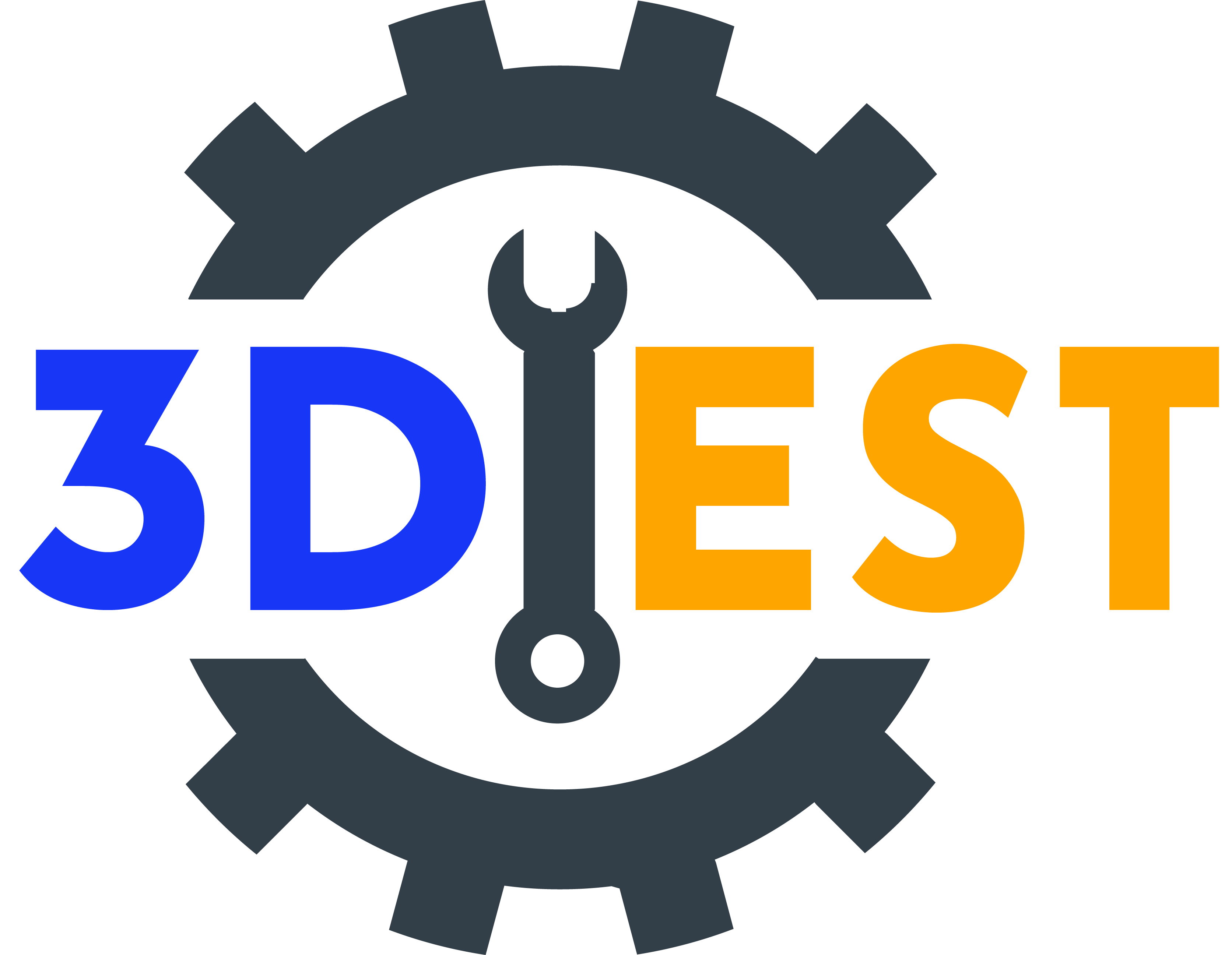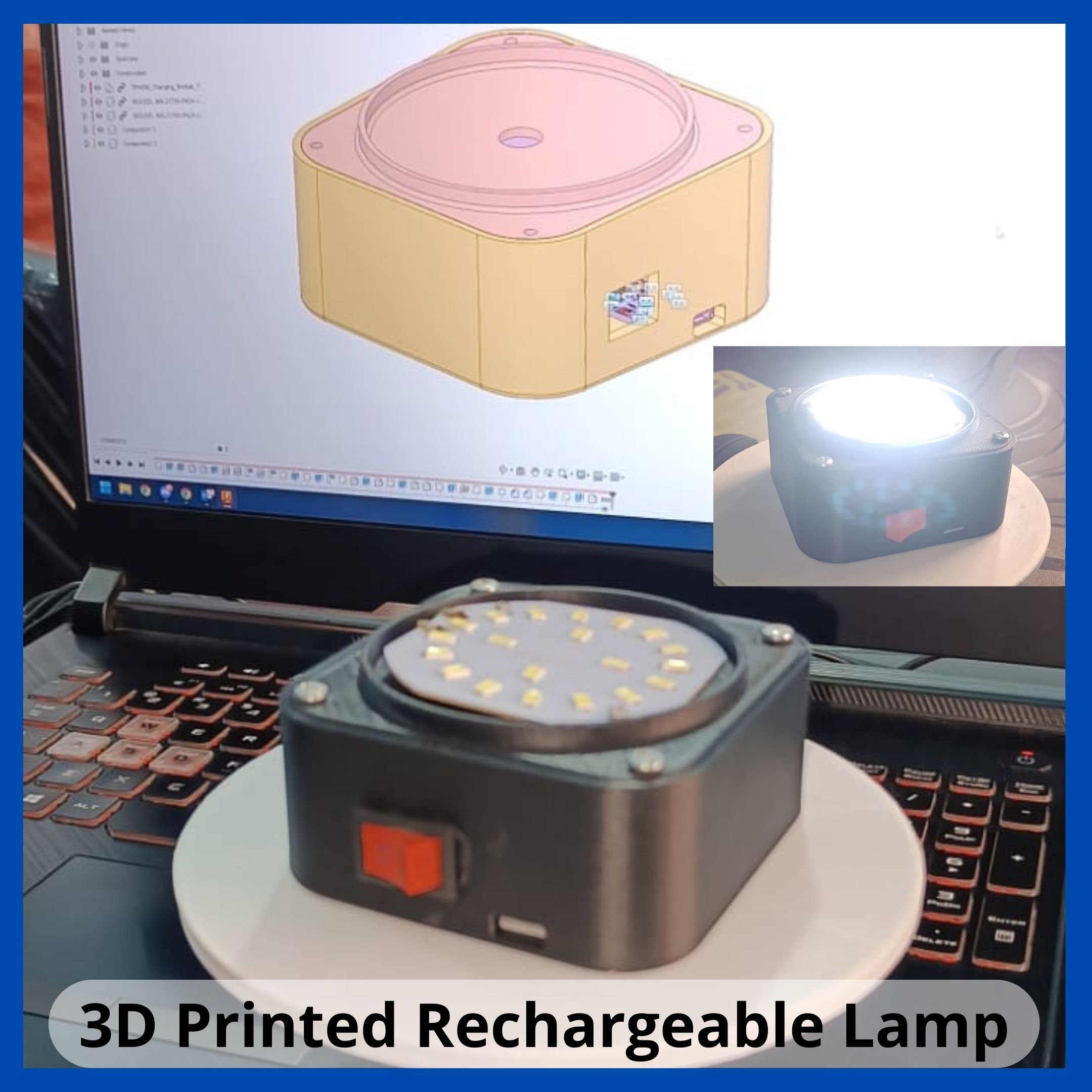Table of Contents
The application of 3D printing in the aerospace industry is one of the major examples of technological advancement and the future of Aerospace and Aviation.
The Aerospace industry had already broken the record for becoming the first to adopt 3D printing back in the late 80s.
The 3D printing technology is not only helping the aerospace industry to cut its operating costs but also helps the industry to do its part in saving the planet by cutting down its carbon footprint by manufacturing lighter parts made from 3D printing technology.
Some of the biggest names in aerospace are already using 3D printing services and
making the most out of it.
Let’s dive into some of these examples:
Boeing
Boeing is a well-known name in the aeronautical world and has been using 3D printing technology for a while now.
Recently, they have approached Norks Titanium who is a leader in titanium additive manufacturing (AM), for the supply of new parts that will be installed in their Boeing 787 Dreamliner.
Boeing has also signed a 5-year agreement with Swiss Technology inc. and the engineering group Oerlikon for developing standard processes and materials for 3D metal printing.
NASA
The premier aeronautical agency in the world has been utilizing the benefits of 3D printing for a wide range of applications and solutions for a long time now.
They are also planning to increase their usage by making a pact with the company called Made in Space.
The International Space Station receives over 7000 pounds of spare parts every year from NASA. But financially it costs NASA a fortune to send it to space because of the huge consumption of fuel it bears for this heavy load.
Thus NASA is planning to use 3D printing to manufacture these spare parts at a fraction of the existing costs and make the whole process recyclable and sustainable.
QR codes
As the popularity and the sale of 3D printing in the aerospace market increases, a question of authenticity and originality of the products arises.
So the aerospace industry has started adopting QR codes that are embedded in their 3D printed products which can then be scanned to get the full manufacturing details and checked for quality control.
3D printed Helicopter door handles
3D printing has now grabbed the helicopters market too
The company Renishaw is collaborating with Hyde Aero products (HAP) and the National Centre for Additive Manufacturing (NCAM) in the UK to introduce 3D printed helicopter door handles for their two class 2 helicopters.
They believe that trusting in the 3D printing aerospace market will be the most viable and cost-efficient solution for the future, and they are planning to incorporate this to other parts of the helicopter also.
Airbus
Airbus was late to the 3D printing revolution in the aerospace market but now has managed to become the boldest and the largest user of additive manufacturing in the aerospace industry.
They initially started with titanium 3D printed parts but now have expanded their usage by installing more complex 3D printed parts in their aircraft.
How 3D printing in the aerospace industry is being used and in what areas it is helping aviation
and aerospace?

https://pixabay.com/photos/industry-technology-machine-3d-3225119/
The Production
Earlier the production of the aircraft parts was done in short runs which usually costs the aerospace industry higher operational costs and made heavy post-production products/components.
But with the introduction of 3D printing in the aerospace industry, the cost of production has been reduced and many complex parts are being manufactured with more efficiency and lesser weight.
Weight reduction & Cost reduction
Weight reduction is of paramount importance to the aerospace and aviation industry because it directly links to cost reduction by reducing excessive fuel costs that add up with manufacturing heavier parts.
By using advanced CAD/CAM or other simulation software it is now possible to innovate faster, lighter, and accurate designs.
The innovation can be pushed further using an artificial intelligence-based design process called Generative design, which can make parts that are impossible to produce through conventional methods of manufacturing.
In the aerospace and aviation industry, weight reduction has seemed like a cost reduction because it helps the industries in saving a lot of fuels and make them save fuel for the next project.
Lowering the Carbon footprint
As mentioned earlier, 3D printing helps in reducing the consumption of fuel by manufacturing lighter parts for the aerospace industry.
This not only benefits the industry in terms of costs but also helps them to reduce their carbon emissions ultimately helping them to sustain the environment.
Improvement in speed and innovation
3D printing has helped the aerospace and aviation industries to optimize and improve the speed of production and deliver the parts on time.
The 3D printing aerospace market has pledged to provide more innovative measures in aircraft manufacturing that will help in reducing wastes as well as to increase the reusability of both complex and common parts.
Tool-less manufacturing
3D printing in the aerospace industry is helping to build toolless manufacturing by converting and integrating many smaller parts into a single component.
This dramatically reduces system complexity and increases its working efficiency.
Conclusion with suggestion
It is apparent from the article that 3D printing in the aerospace industry is making its mark by providing benefits like lightweight parts, sustainable and stable manufacturing, and reducing costs.
The 3d printing aerospace market is already set to become a multi-billion-dollar industry in the immediate future. Thus the opportunity for young and aspiring 3D printing engineers and enthusiasts is immense.
3D printing in the aerospace industry has grown leaps and bounds over the past few decades. The time is upon us when the world will witness the first-ever wholly build 3D printed aircraft. The past has given us a wealth of knowledge to build upon the present technology for a very bright future.
If you want to learn more about the “Application of 3D printing in the Aerospace Industry” just comment below with your questions/suggestions.


